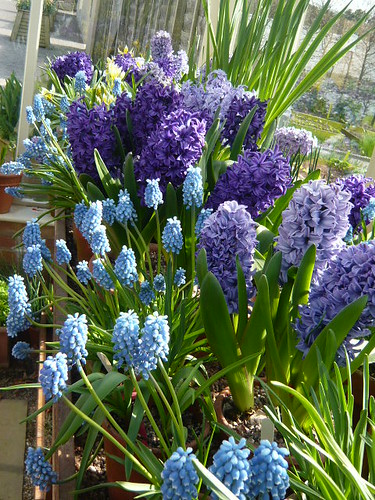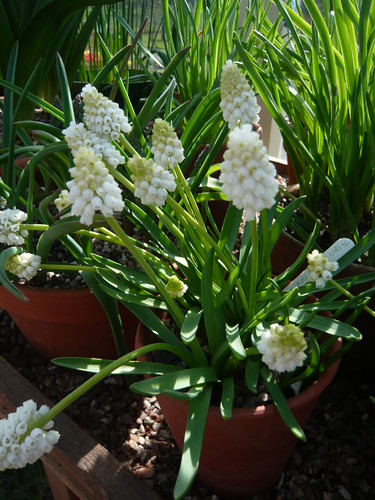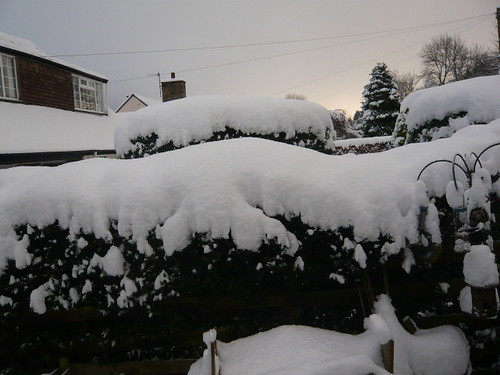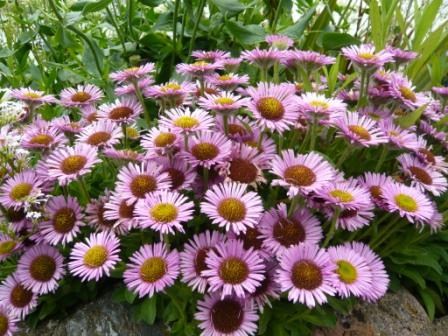Tips for Growing Giant Vegetables
This is one of the many books in my collection but the only one to focus on growing big, bigger and biggest vegetables. If you want to grow giant vegetable for exhibition or to get large crops then there are many pointers in ‘How to Grow Giant Vegetables’ by Bernard Lavery and below.
If you want to see 14 feet long carrots or parsnips, the 28 pound radish or the monster cabbage weighing 120lbs then encouragement to join the monster vegetables growing movement may be our gardeners tip for you in 2011.
Starting with Giant Vegetables
- A good big one will beat a good small one and that applies to seed so consider what you sow. Good genetic potential will grow good plants.
- Pumpkins are a good starter vegetable as a heavy weight can be achieved in the first year. It is also fun to see them grow by inches every day.
- You need to learn by experience so you improve growing conditions, feeding and watering based on your own observations.
Large Crops from a Small Garden
- Harvested whilst still in peak growing condition, giant vegetables taste every bit as good as smaller varieties.
- …


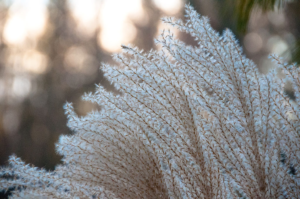
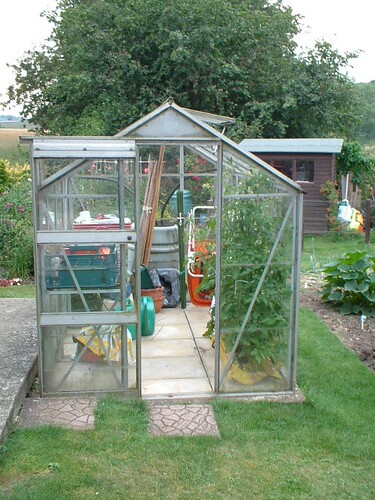 (
(

